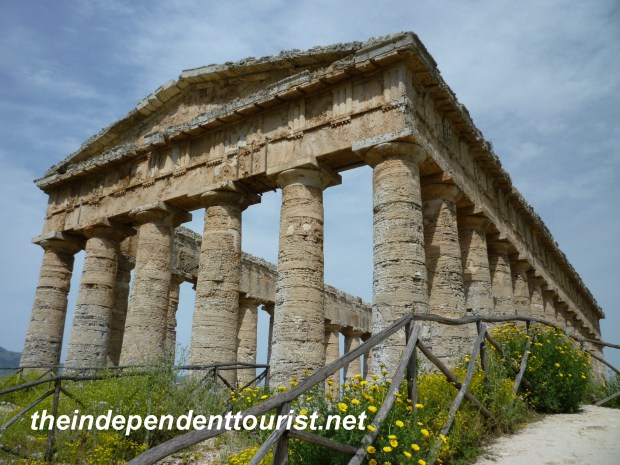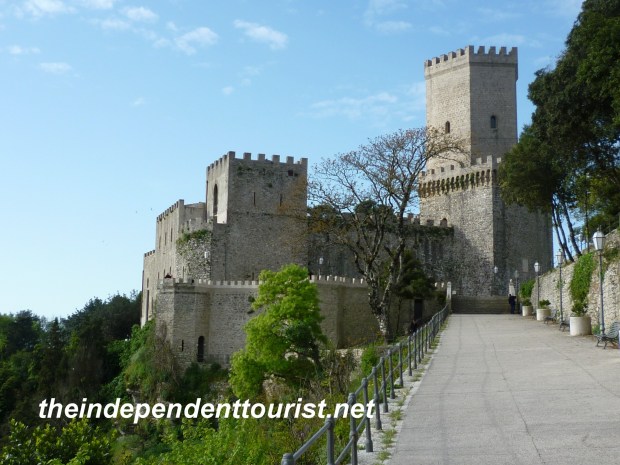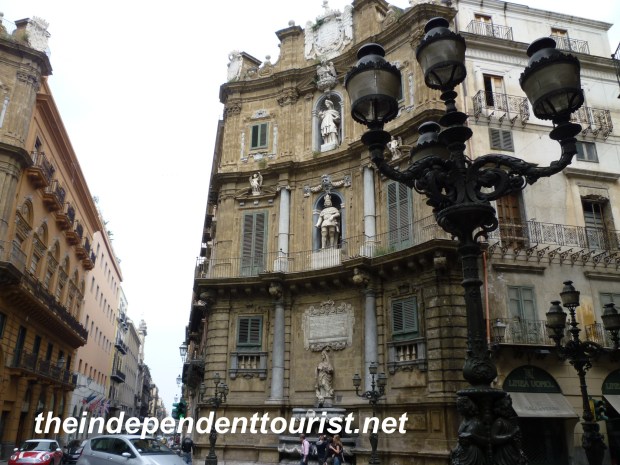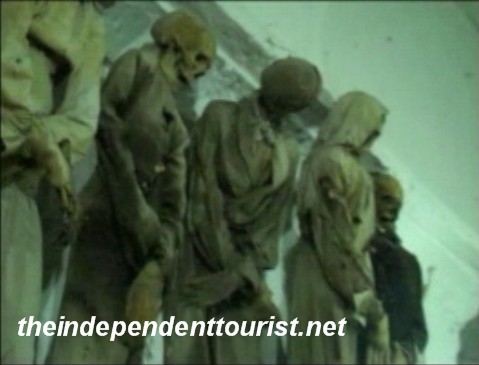
Sites visited in Sicily.
We visited Sicily in late April. This is a great time of year to visit, due to the pleasant temperature (low 80’s F), spring flowers and the green landscape. The only downside we could find with this time of year is all the elementary age school children visiting many of the tourist sites—it must be the time of year for school field trips. Sicily has a little different feel than other parts of Italy. The architectural style of many buildings is Baroque, built following a devastating earthquake in the late 1600’s. Sicily is an autonomous region of Italy, and appears to be a little poorer economically than northern Italy. The island has been conquered by many different nationalities over the centuries. For a good short overview of the history of this strategic island, I recommend the book: Sicily: Three Thousands Years of Human History, by Sandra Benjamin.
Given the range of history, the sights are quite varied—from beautiful natural scenery, Greek Temples and Roman ruins, to medieval towns, churches and grand Baroque architecture.
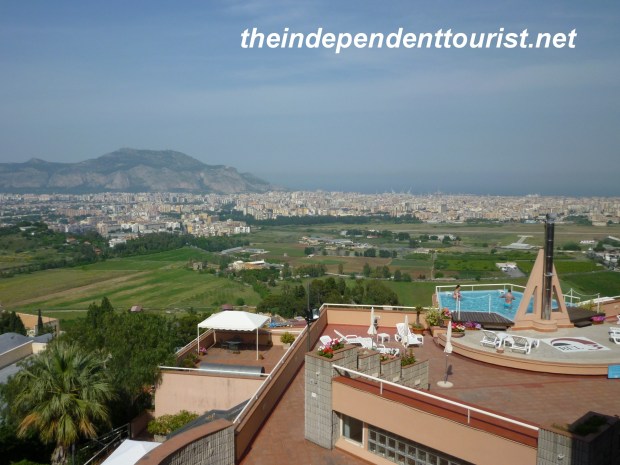
Hotel Bel 3 Palermo.
Since Sicily is the largest island in the Mediterranean, we flew in to Catania on the eastern coast, and flew out of Palermo (northwest coast), so we could make a counterclockwise tour of the island. Other options to get to the island include a train to Messina (via a short ferry ride) or a ferry from Naples. We rented a car at the Catania airport through Europe By Car. The roads are in good condition and it was easy to navigate to all the sites. There were very few toll roads (Catania-Taormina and Palermo-Cefalù were the only ones we encountered) or major highways, most roads are two lane. I expected to encounter a lot of slow truck traffic and was pleasantly surprised to find very little traffic in general. Most visitors to Sicily travel by tour bus. We did our best to visit sites at hours that would avoid the tourist busloads.

B&B private rooms in Piazza Armerina
There are relatively few hotels on the island, so we stayed in bed and breakfast (B&B) accommodations, allowing us to meet local families and get a flavor for life in Sicily. We used BBPlanet.com and Venere.com to arrange the B&B’s. We loved most of the B&B rooms and locations. The Sicilian people are very warm and helpful. We spent about 10 days on Sicily, which allowed us to cover the island’s main sights and a few less visited sights. We also spent two nights on Malta, taking the ferry from Pozzallo (near Ragusa). See our post on Malta for more information.
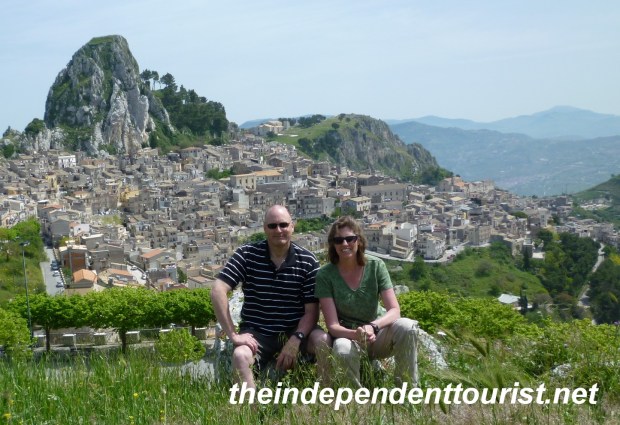
The hilltop town of Caltabellotta in southwest Sicily
Although we had read that English was less widely spoken here, we didn’t have any problem communicating. Occasionally in restaurants ordering food was a challenge given our lack of Italian language skills, although knowing some Spanish certainly helped with understanding Italian vocabulary and in communicating. Plan on putting on some calories since good gelato can be found almost everywhere!



















